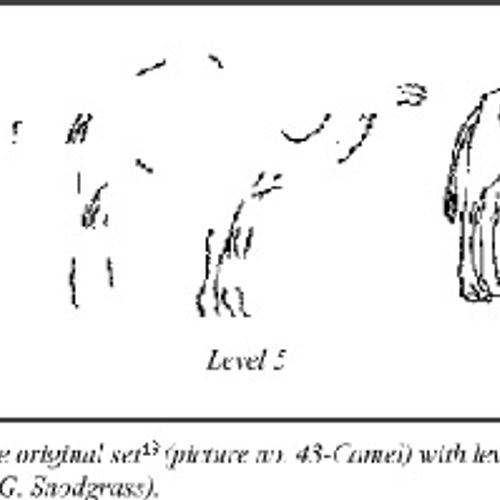
| Added | Sat, 02/07/2022 |
| Sources | |
| Феномены | |
| Version type |
Priming (the effect of precedence, fixed installation) (English priming) — in psychology, it represents the mechanism of implicit memory, which provides the unconscious and involuntary influence of a certain stimulus on the processing of subsequent stimuli.
It manifests itself in a change in the speed or accuracy of the response to subsequent stimuli, or in a more likely spontaneous reproduction of the first stimulus under suitable conditions.
The impact of such a stimulus may not be realized by a person.
Consider the existing types of priming:
- Conceptual priming is the use of related concepts (for example, "hat" and "head").
- Semantic priming is the use of words that are close in meaning. Conceptual and semantic priming are quite similar to each other, and often these two terms are interchangeable.
- Non-associative semantic priming (non—associative semantic priming) - the concepts are related, but the probability that one of them will certainly cause an association with the second is not high (for example, "Sun" and "Venus").
- Perceptual priming is based on the shape of the stimulus, as in the case of the "camel" above, where the picture is completed based on the images seen earlier.
- Associative priming is the use of closely related ideas (for example, "bread" forms the idea of "butter").
- Masked priming — a word or image is displayed for a very short period of time, and information about it does not reach consciousness.
- Repetitive priming — repetition of a word or phrase determines subsequent thoughts.
- Reverse priming — people realize that they are being set up for a certain action, and act in the opposite way.
The priming effect allows you to recognize the camel in the image below even before the drawing is completed.
Log in or register to post comments

